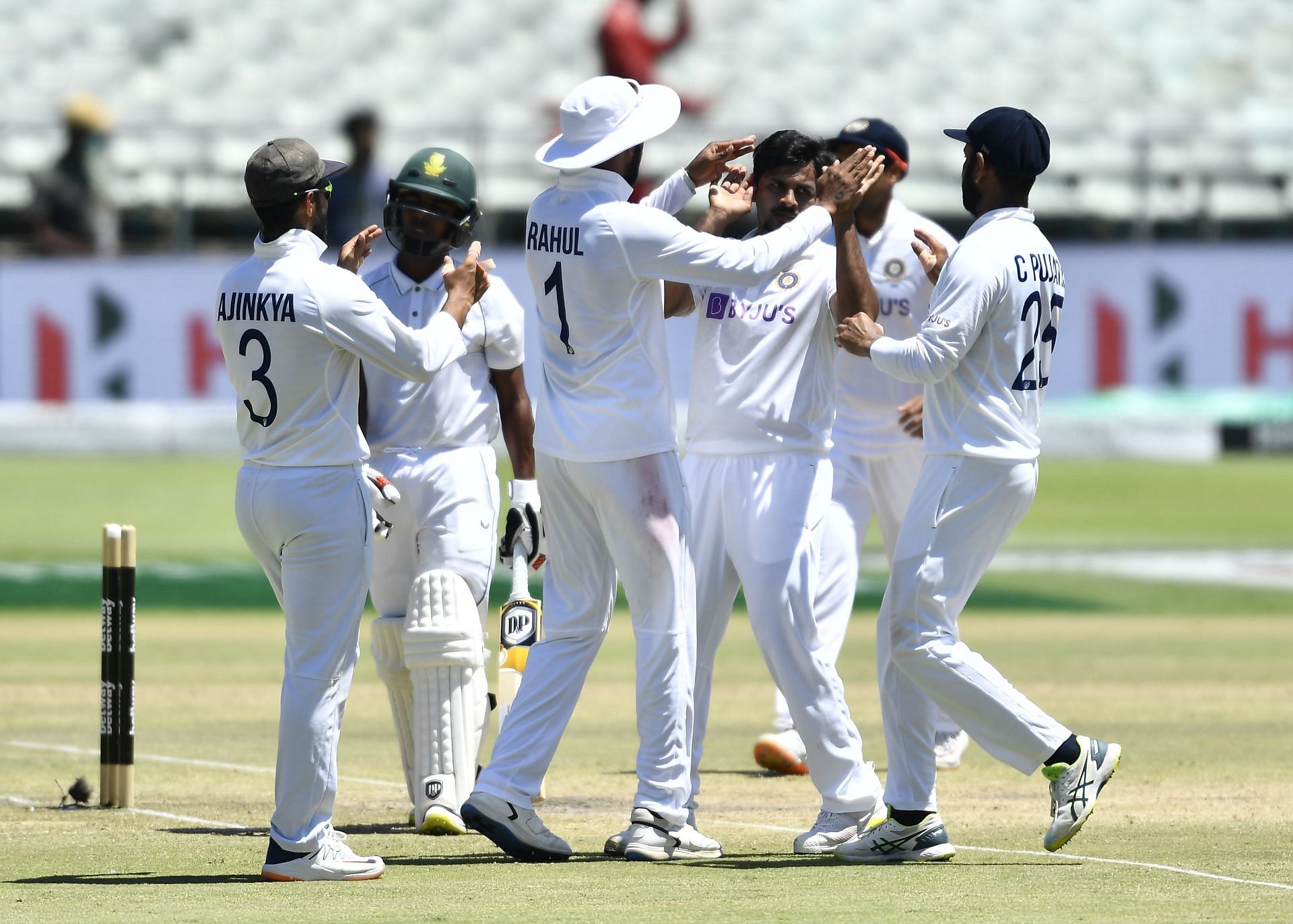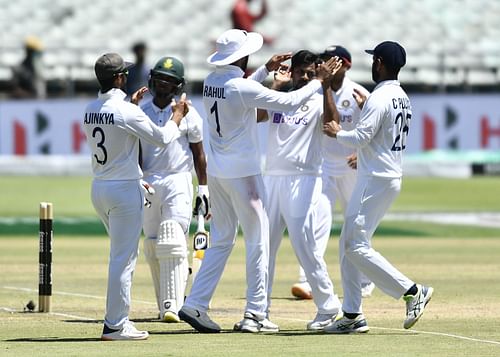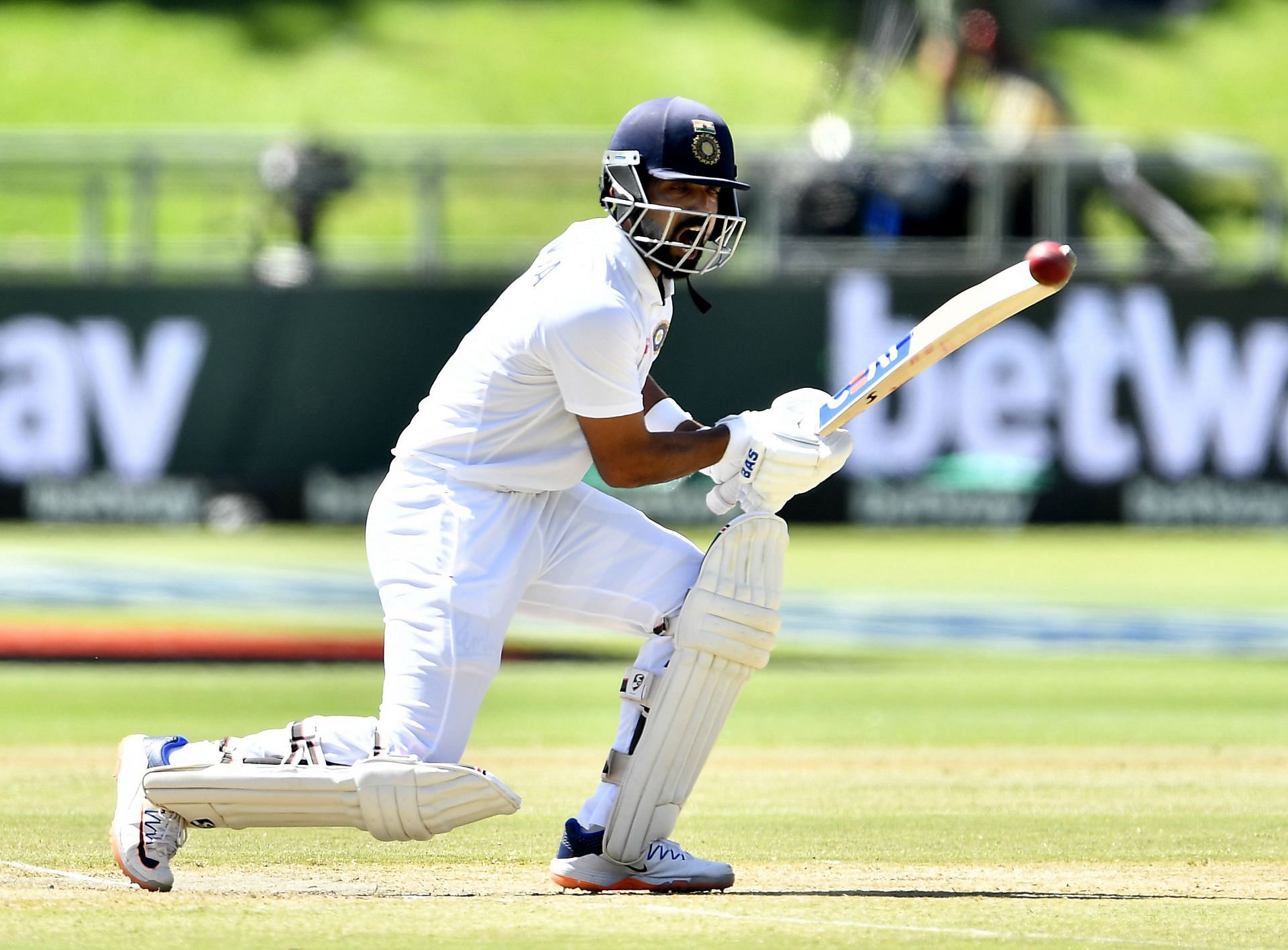
Indian cricket team has come a long way but their batting hasn't

Four years ago, when the Indian cricket team arrived on South African shores, they had a clear blueprint of world domination – domination that would begin with a series victory against the Proteas before they conquered every land that had ever thought of playing cricket.
For the first two Tests of that series, though, nothing went to plan. The Indian cricket team crumbled at the slightest bit of pressure, they almost always lost the crucial moments and never looked like a team that would consistently challenge the likes of Australia, England, New Zealand and South Africa overseas, let alone defeat them.
At the Wanderers, however, things took a turn for the better. For once, the Indian cricket team stood strong in adversity (with the bat) and gave the Proteas a dose of their own medicine. So much so that that victory was looked upon as the ideal launchpad for the Men In Blue.
Thus, when they returned to the rainbow nation in 2021, they had a template they could bank on. They knew that they could beat the Proteas in their own backyard and with the hosts undergoing a transition phase, many expected the Indian cricket team to register a comfortable series victory.
That narrative continued after the visitors thumped the Proteas at Centurion – a venue where the Men In Blue had never won before and a venue where South Africa had lost a grand total of 2 Tests. But then, something broke for the Indian cricket team.
It didn’t just break, it was torn apart to shreds, meaning that they began reliving their worst horrors – horrors they thought were a thing of the past were defining the present and providing further scars for the future.

Back in 2018, the Men In Blue were pretty decent on the bowling front. They claimed the 60 South African wickets on offer throughout the series and ensured that the Proteas were never too far ahead of the game. Well, at least until the Indian cricket team began wielding the willow.
During that series, they crossed the 250-run barrier only once – in the first innings of the 2nd Test at Centurion. On all other occasions, barring the second innings at Johannesburg, they failed to get the requisite number of runs. They only got to 247 at the Wanderers, but considering the surface that was on offer, that was easily worth more than 300.
The Indian cricket team was woeful with the bat
This time out, that trend has been slightly bettered, with the Indian cricket team posting two totals in excess of 250 – in the first innings at Centurion and in the second innings at Johannesburg. The one at SuperSport Park set the tone for a historic triumph. The other, though, only papered over the cracks that had been exposed in the opening essay of the game.
To an extent, the display at Centurion also came about because South Africa were pretty ordinary with their plans and execution. They sprayed the ball around, offered loose deliveries regularly and allowed the visitors to get away as they racked up 272/3 on Day 1.
A couple of days later, when South Africa returned with better plans, the Men In Blue were completely rattled and folded for 327. For those with a mathematical inclination, the Indian cricket team lost their last seven wickets for 55 runs – that too with Ajinkya Rahane and KL Rahul well-established at the crease.
In the 2nd and 3rd Test, a similar pattern surfaced. They slipped from 116/4 to 202 all out (first innings) and from 155/2 to 266 all out (second innings) at Johannesburg. At Cape Town, the collapses were even more damning as they were shot out for 223 and 198, despite being 167/4 and 152/4 (respectively) at a certain juncture.
The initial inclination might be to point towards individual errors and the fact that some batters have just not scored runs. Cheteshwar Pujara and Rahane, in particular, can’t seem to buy a run without not looking skittish at the crease. Mayank Agarwal has also blown too hot and cold, whereas Rahul’s propensity to drop off towards the end of a series isn’t promising either.
There was a huge axe hanging over Virat Kohli and Rishabh Pant’s heads before Cape Town as well, indicating that the Indian cricket team has endured too many collective batting failures than what would be deemed ideal. Ravichandran Ashwin and Shardul Thakur, who were primarily played for their batting abilities, also flattered to deceive.
If you were to delve deeper into excuses, you could argue that the Indian cricket team was hamstrung by Ravindra Jadeja and Rohit Sharma’s absence, considering those two have been scoring a bulk of their runs in the past few years.
But if the Indian cricket team, especially with the resources at their disposal, complain about not having players available, even as South Africa fielded an eleven without Anrich Nortje and Quinton de Kock, you know they are clutching at straws.
Apart from the lack of runs that directly accrues, there are several other knock-on effects. For example, the Indian bowlers have largely been labelled luckless because of how many times they went past the bat. The bare fact, though, is they’ve not been able to bowl full enough because they don’t have enough runs in the bank.
On the outside, it is easy to query why Jasprit Bumrah and Mohammed Shami are not bringing the batters forward more often. But when there is a constant threat of runs leaking, especially when runs aren’t a luxury, it becomes very difficult. There were a few defensive fields too – again, something that stems from a lack of runs on the board.
The biggest drawback, however, was that the Indian cricket team capitulated despite opting to bat first on all three occasions in the series. At Centurion, the Proteas’ ring-rust allowed the visitors to release the pressure. But on all other instances, the Indian cricket team was always playing catch-up and couldn’t capitalize on the advantage of bowling last because, well, their batting floundered.
As things stand, the Indian cricket team averages a shade under 20 with the bat in 2022 – 19.97 to be precise. This tally, by the way, is the lowest any team has mustered this year. While a lot of other teams can still snatch away the worst batting average award, the fact that the Indian cricket team is averaging 8 runs less than England tells you a story in itself.
In 2018, when the Men In Blue rocked up on South African shores, they felt the series was the beginning of a cycle of world domination – a cycle that well and truly began post the terrific triumph at Johannesburg. Since then, they’ve conquered Australia (twice) and are on the verge of conquering England.
Thus, the return to the rainbow nation in 2022 was supposed to signify how far they had come since that proclamation to be the best Test outfit on the planet. Their fighting spirit (both literal and metaphorical) on the field, their verbal volleys and bowling brilliance has illustrated the distance they’ve traversed.
But they’ve also shown that they’ve not really developed much as a batting unit. When the going gets tough, they are still finding ways to crumble and hand the opposition the initiative. It could be called déjà vu but with the regularity of these occurrences, even that seems out of place.